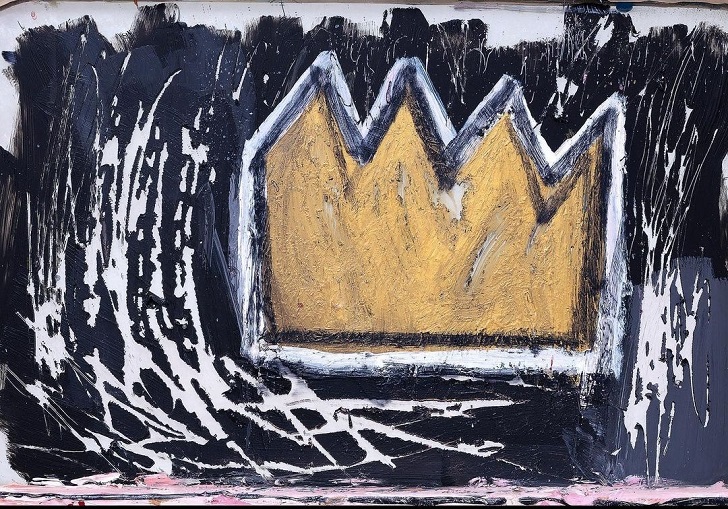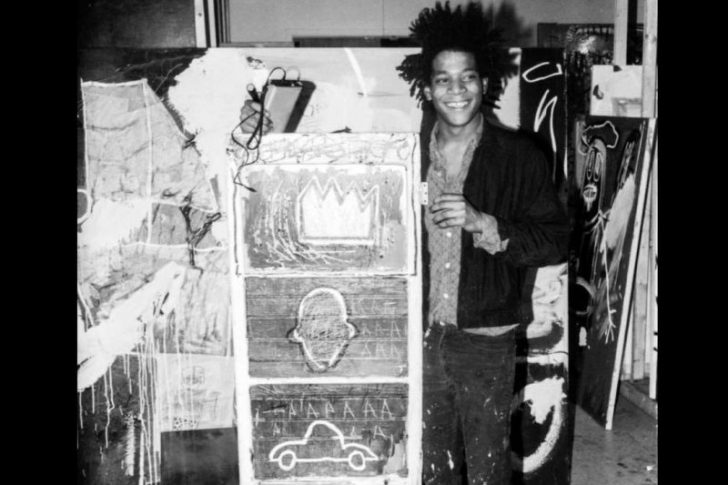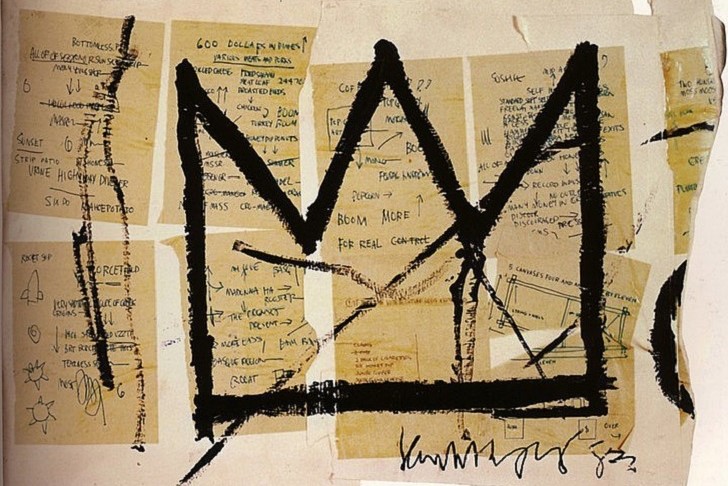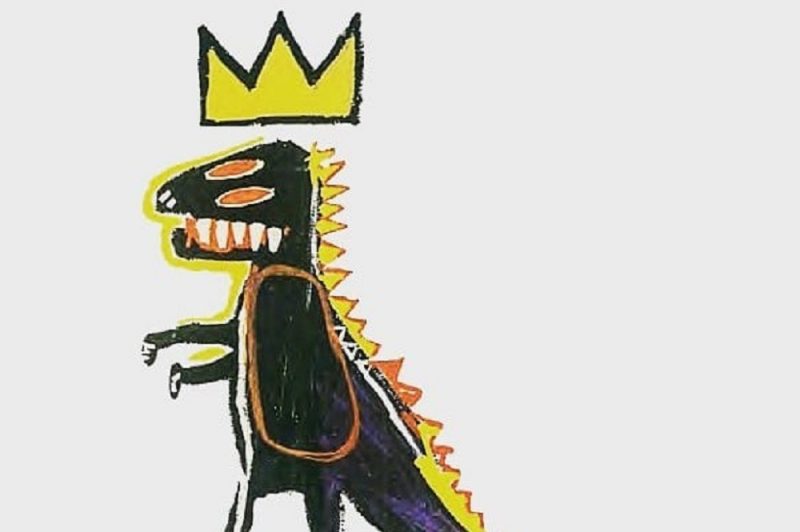Jean-Michel Basquiat's crown motif is not just a recurring symbol in his artwork; it has evolved into a powerful emblem recognized across cultures and mediums. This simple yet profound image is prominently featured in many of Basquiat's pieces, influencing everything from fashion designs to street art. So, what does the Basquiat crown truly signify? This article will explore everything you need to know about Basquiat's crown motif.
The Crown as a Symbol of Authority and Identity
The crown in Basquiat's art often represents authority and a self-assertive identity. This three-pointed motif, sometimes perceived as a rudimentary doodle, carries a complex connotation that stretches beyond its visual simplicity. Basquiat, an artist known for his raw and expressive style, used the crown to denote significance—be it the importance of a character within a painting or his own stance as a formidable force in the art world.

@basquiatofficial | Instagram | The crown in Basquiat's art often represents authority and a self-assertive identity.
Interestingly, the evolution of the crown's design in Basquiat's work—from more detailed to a stark three-pointed version—mirrors his journey in the art scene. Initially, the intricate crowns could be seen as a declaration of his ambitious arrival. Later, as his fame solidified, the simplified crown became a potent, easily recognizable logo, signifying Basquiat’s established dominance in art.
Basquiat Crown: A Representation of Reverence and Kinship
The frequent appearance of the crown next to figures in Basquiat's paintings suggests self-recognition and an homage to those he revered. By crowning these figures, Basquiat elevates them, acknowledging their majesty or heroism within the narratives of his creations. This action connects deeply with Basquiat’s views on kinship and respect among those he considered peers or predecessors, such as fellow artists and musicians.

@basquiatofficial | Instagram | The frequent appearance of the crown next to figures in Basquiat's paintings suggests self-recognition and an homage to those he revered.
This symbolic use of the crown extends beyond mere admiration; it’s a visual dialogue between Basquiat and his influences, a nod to the cultural giants who shaped his perspective and artistic voice.
The Crown as Basquiat’s Legacy
One cannot overlook the crown's role in solidifying Basquiat’s legacy. Nick Curtis notes that the crown is almost a proxy for the artist’s signature—a marker of authenticity and a declaration of his enduring influence. This conceptualization of the crown as a legacy tool speaks volumes about Basquiat's awareness of his brand and his strategic use of imagery to cement his place in art history.
The symbolic crown thus transcends its role as a mere artistic motif; it becomes a vehicle for Basquiat's immortality, his rebellion against obscurity, and his claim to a throne in the pantheon of great artists.
His Cultural Awareness and Activism Were Not Compromised
Beyond personal symbolism, the Basquiat crown also comments on broader social issues, particularly those about race and identity. Basquiat’s art often tackled themes of inequality, racism, and identity, making the crown a fitting symbol for both sovereignty and the burdens that come with it.

@messofshn | Instagram | The Basquiat crown also comments on broader social issues, particularly those about race and identity.
In pieces like "Irony of the Negro Policeman," the absence of the crown juxtaposed with a constraining that speaks to the complex interplay of power and subjugation—a recurring theme in Basquiat’s oeuvre. This adaptability of the crown motif to serve various narrative and thematic functions showcases Basquiat’s genius in using symbols to provoke thought and communicate deeper truths.
A Fitting Tribute from One Beautiful Artist to Another
The influence of Basquiat’s crown motif extends beyond his own works. Artists like Keith Haring have paid homage to Basquiat using the crown, celebrating his impact on their lives and work. Haring's "A Pile of Crowns for Jean-Michel Basquiat" poignantly encapsulates this gesture of respect and remembrance, further cementing the crown's status as a symbol of artistic royalty and enduring legacy.
Jean-Michel Basquiat's crown is more than an artistic flourish; it is a complex symbol laden with personal, cultural, and historical significance. Its simplicity belies a deep resonance that continues to inspire and provoke, ensuring that Basquiat's crown is a fundamental element of his artistic identity.






